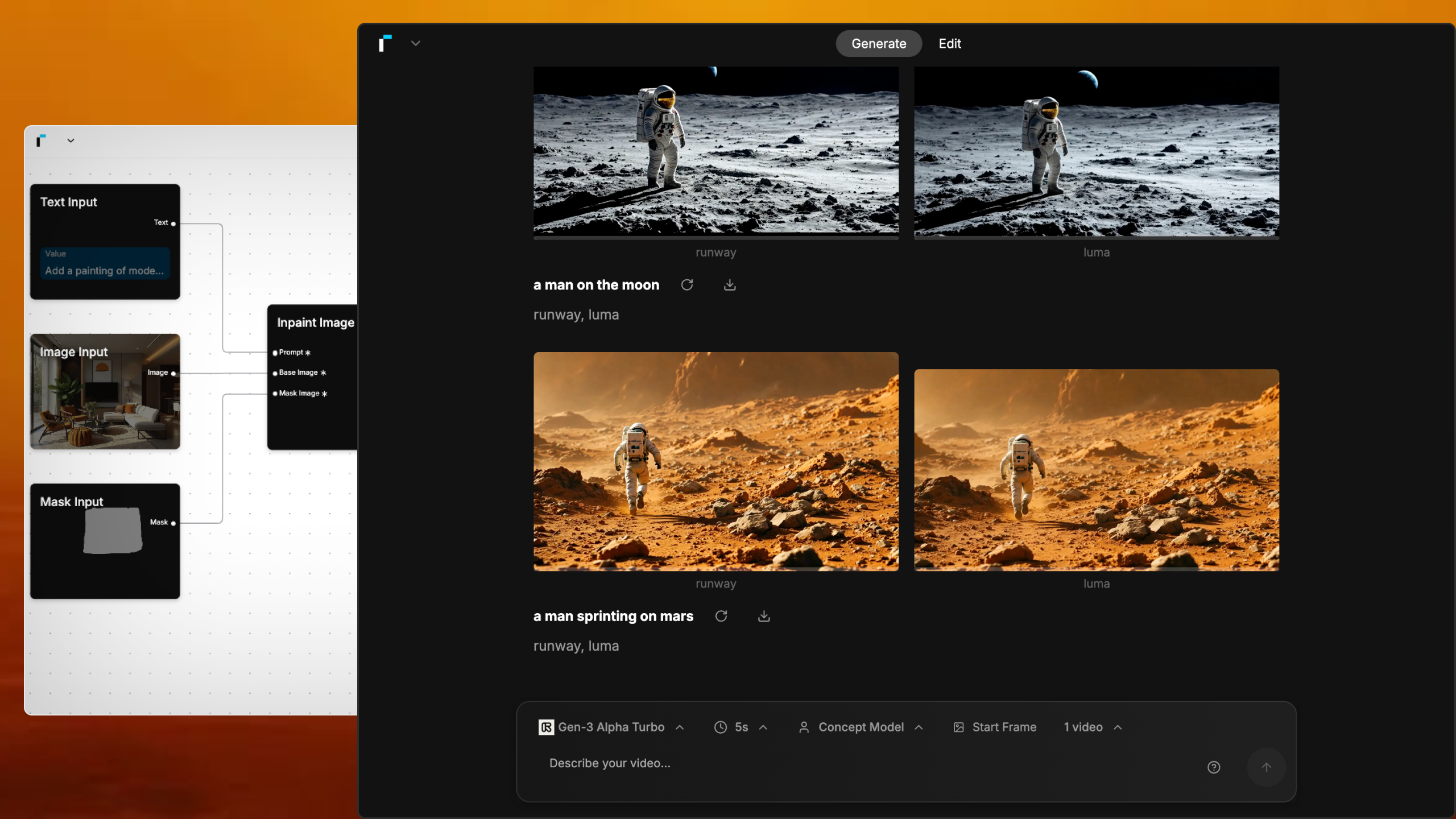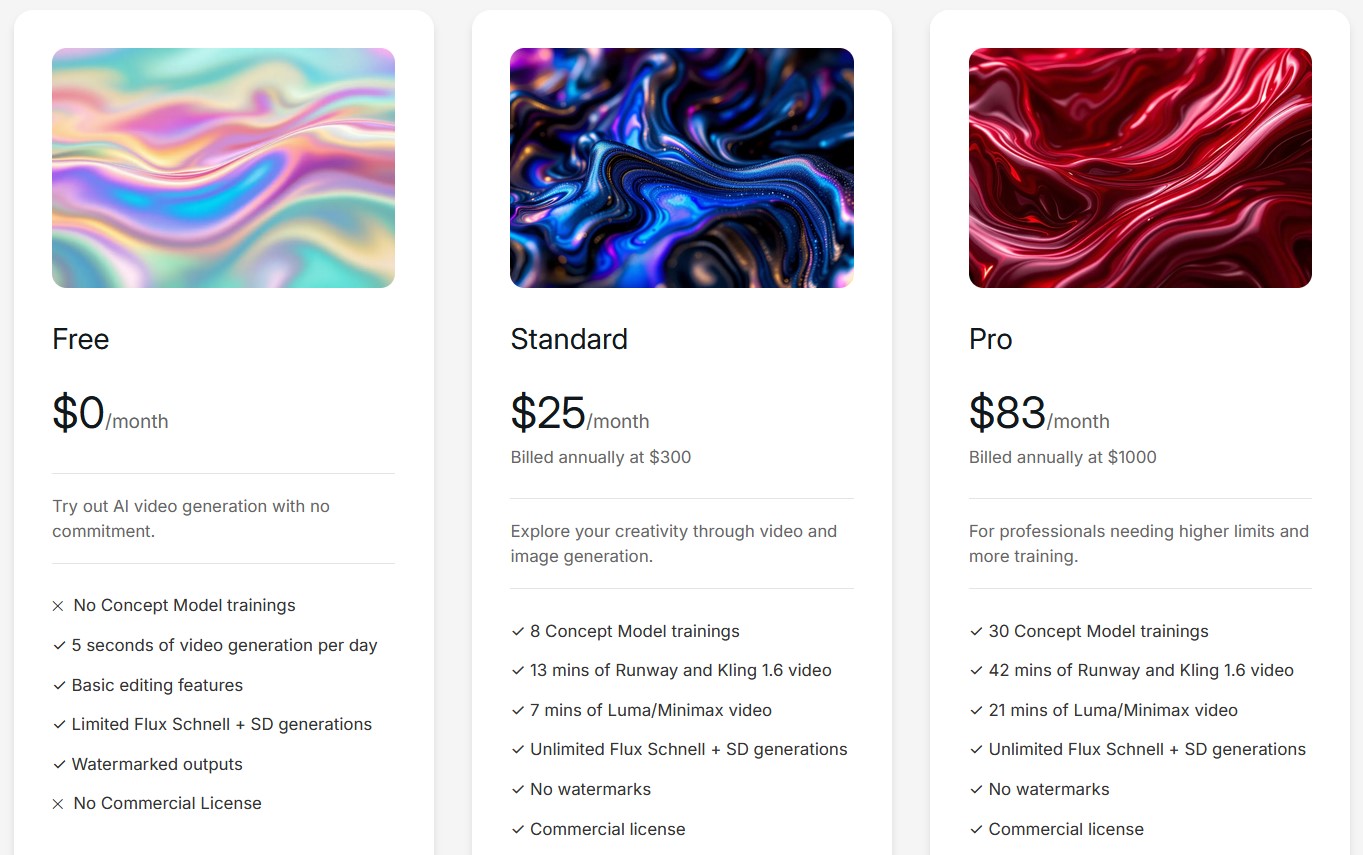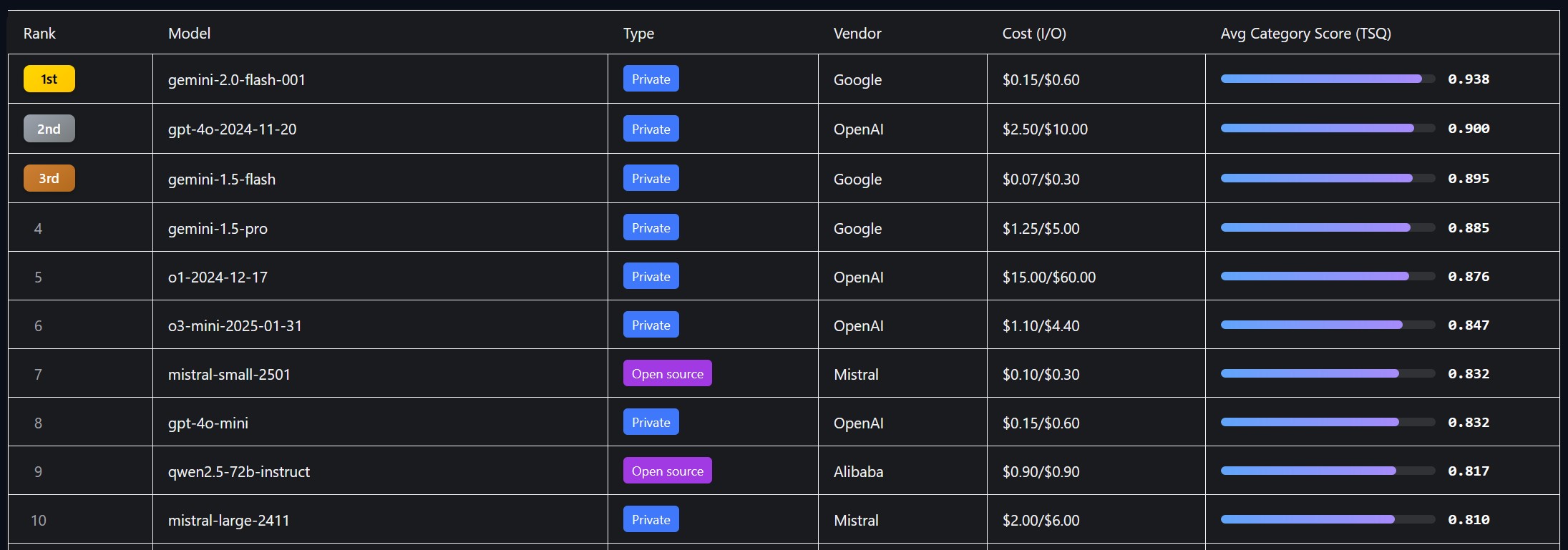BREAKING NEWS
LATEST POSTS
-
PixVerse – Prompt, lypsync and extended video generation
https://app.pixverse.ai/onboard
PixVerse now has 3 main features:
text to video➡️ How To Generate Videos With Text Promptsimage to video➡️ How To Animate Your Images And Bring Them To Lifeupscale➡️ How to Upscale Your Video
Enhanced Capabilities
– Improved Prompt Understanding: Achieve more accurate prompt interpretation and stunning video dynamics.
– Supports Various Video Ratios: Choose from 16:9, 9:16, 3:4, 4:3, and 1:1 ratios.
– Upgraded Styles: Style functionality returns with options like Anime, Realistic, Clay, and 3D. It supports both text-to-video and image-to-video stylization.New Features
– Lipsync: The new Lipsync feature enables users to add text or upload audio, and PixVerse will automatically sync the characters’ lip movements in the generated video based on the text or audio.
– Effect: Offers 8 creative effects, including Zombie Transformation, Wizard Hat, Monster Invasion, and other Halloween-themed effects, enabling one-click creativity.
– Extend: Extend the generated video by an additional 5-8 seconds, with control over the content of the extended segment. -
Alibaba Group Tongyi Lab WanxAI Wan2.1 – open source model
👍 SOTA Performance: Wan2.1 consistently outperforms existing open-source models and state-of-the-art commercial solutions across multiple benchmarks.
🚀 Supports Consumer-grade GPUs: The T2V-1.3B model requires only 8.19 GB VRAM, making it compatible with almost all consumer-grade GPUs. It can generate a 5-second 480P video on an RTX 4090 in about 4 minutes (without optimization techniques like quantization). Its performance is even comparable to some closed-source models.
🎉 Multiple tasks: Wan2.1 excels in Text-to-Video, Image-to-Video, Video Editing, Text-to-Image, and Video-to-Audio, advancing the field of video generation.
🔮 Visual Text Generation: Wan2.1 is the first video model capable of generating both Chinese and English text, featuring robust text generation that enhances its practical applications.
💪 Powerful Video VAE: Wan-VAE delivers exceptional efficiency and performance, encoding and decoding 1080P videos of any length while preserving temporal information, making it an ideal foundation for video and image generation.
https://huggingface.co/Comfy-Org/Wan_2.1_ComfyUI_repackaged/tree/main/split_files
https://huggingface.co/Comfy-Org/Wan_2.1_ComfyUI_repackaged/tree/main/example%20workflows_Wan2.1
https://huggingface.co/Wan-AI/Wan2.1-T2V-14B
https://huggingface.co/Kijai/WanVideo_comfy/tree/main
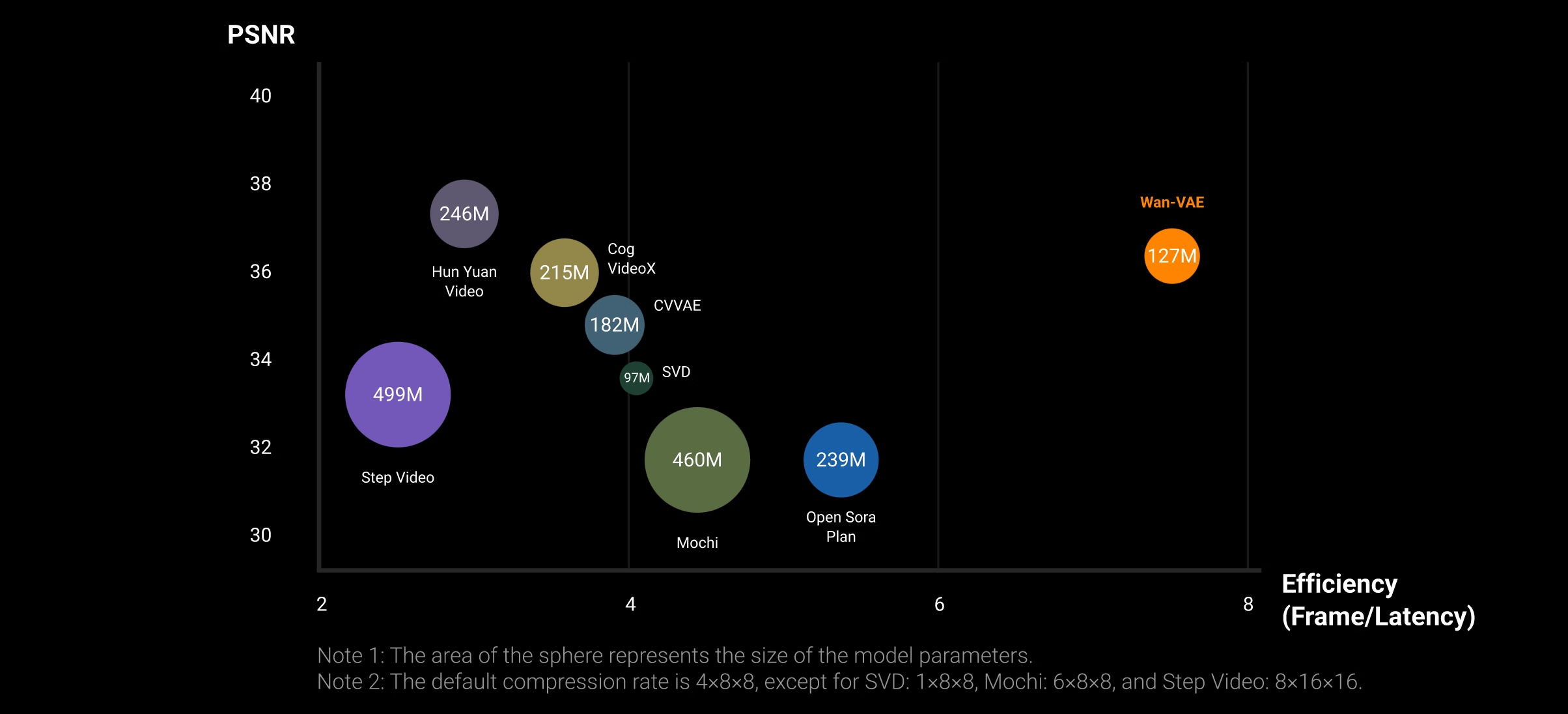
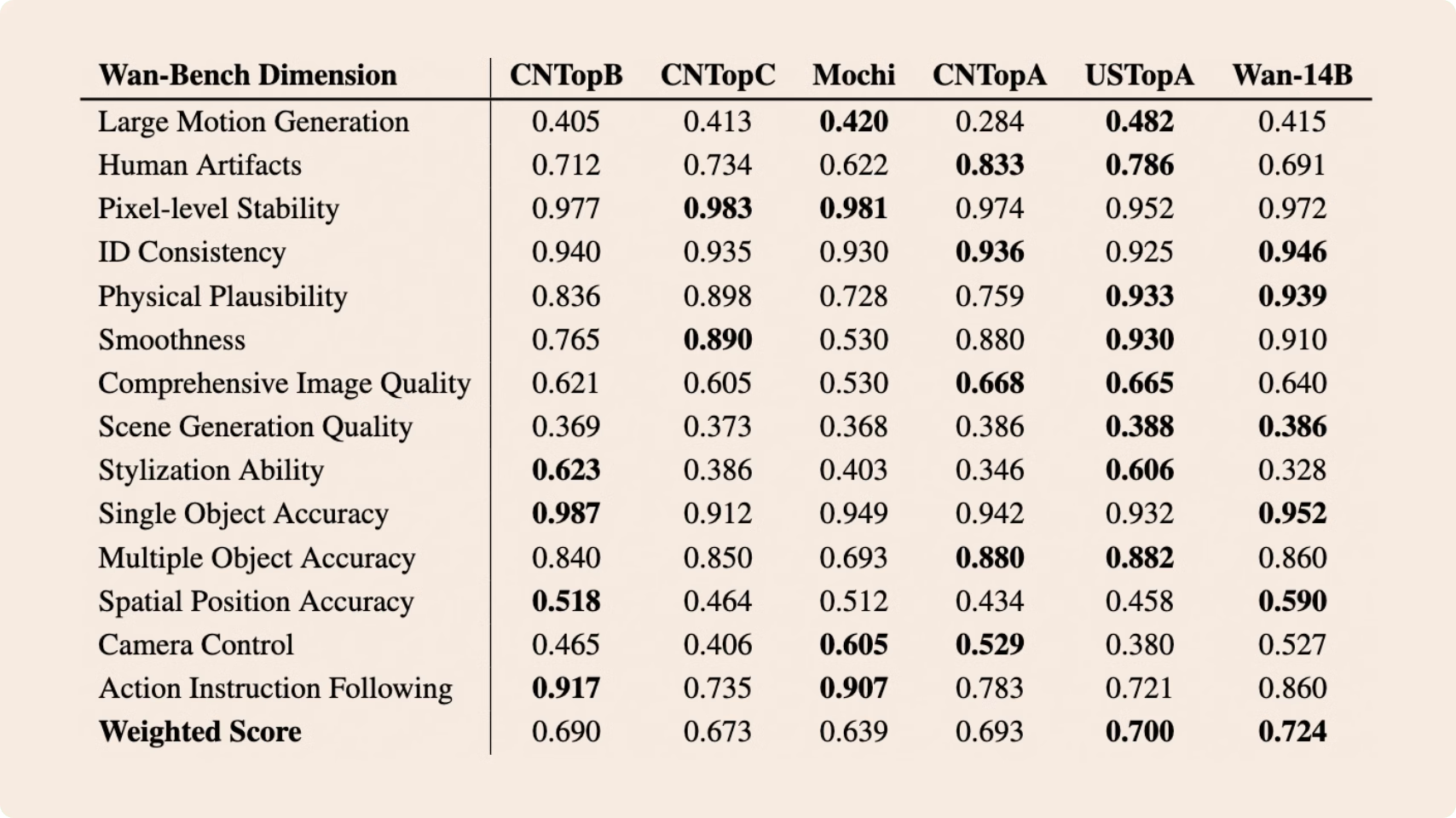
-
VES Cinematic Color – Motion-Picture Color Management
This paper presents an introduction to the color pipelines behind modern feature-film visual-effects and animation.
Authored by Jeremy Selan, and reviewed by the members of the VES Technology Committee including Rob Bredow, Dan Candela, Nick Cannon, Paul Debevec, Ray Feeney, Andy Hendrickson, Gautham Krishnamurti, Sam Richards, Jordan Soles, and Sebastian Sylwan.
-
The VFX Reference Platform
The VFX Reference Platform is a set of tool and library versions to be used as a common target platform for building software for the VFX industry. Its purpose is to minimise incompatibilities between different software packages, ease the support burden for integrated pipelines and encourage further adoption of Linux by both studios and software vendors. The Reference Platform is updated annually by a group of software vendors in collaboration with the Visual Effects Society Technology Committee.
Each annual reference platform is designated by the calendar year in which major product releases should be targeting that particular reference.
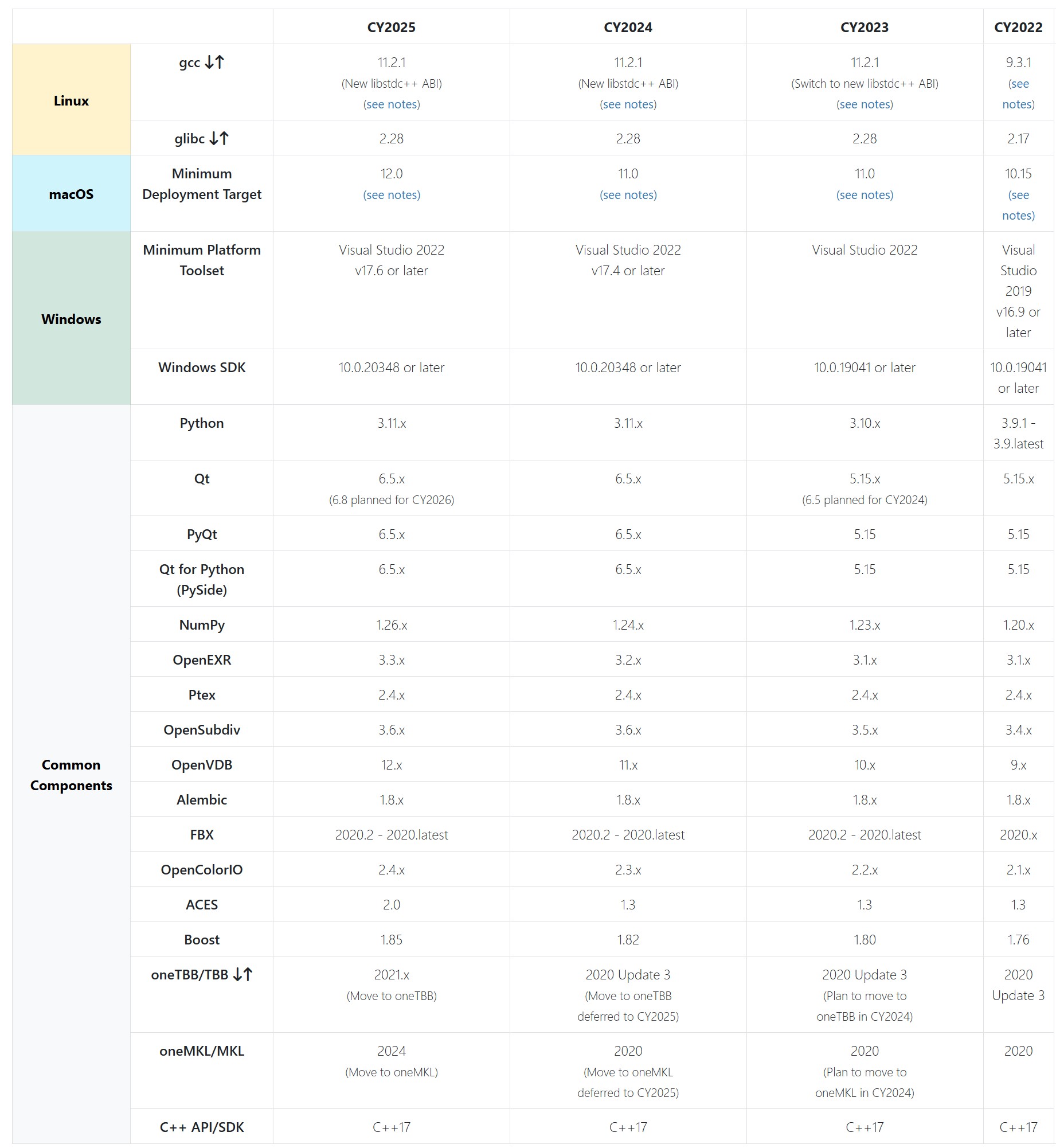
-
Deep Compositing in Nuke – a walkthrough
Depth Map: A depth map is a representation of the distance or depth information for each pixel in a scene. It is typically a two-dimensional array where each pixel contains a value that represents the distance from the camera to the corresponding point in the scene. The depth values are usually represented in metric units, such as meters. A depth map provides a continuous representation of the scene’s depth information.
For example, in Arnold this is achieved through a Z AOV, this collects depth of the shading points as seen from the camera.
(more…)
https://help.autodesk.com/view/ARNOL/ENU/?guid=arnold_user_guide_ac_output_aovs_ac_aovs_html
https://help.autodesk.com/view/ARNOL/ENU/?guid=arnold_for_3ds_max_ax_aov_tutorials_ax_zdepth_aov_html -
VFX Giant MPC and Parent Company Technicolor Shut Down Amid ‘Severe Financial Challenges
https://variety.com/2025/film/global/technicolor-vfx-mpc-shutter-severe-challenges-1236316354
Shaun Severi, Head of Creative Production at the Mill, claimed in a LinkedIn post that 4,500 had lost their jobs in 24 hours: “The problem wasn’t talent or execution — it was mismanagement at the highest levels…the incompetence at the top was nothing short of disastrous.”
According to Severi, successive company presidents “buried the company under massive debt by acquiring VFX Studios…the second president, after a disastrous merger of the post houses, took us public, artificially inflating the company’s value — only for it to come crashing down when the real numbers were revealed….and the third and final president, who came from a car rental company, had no vision of what she was building, selling or managing.”
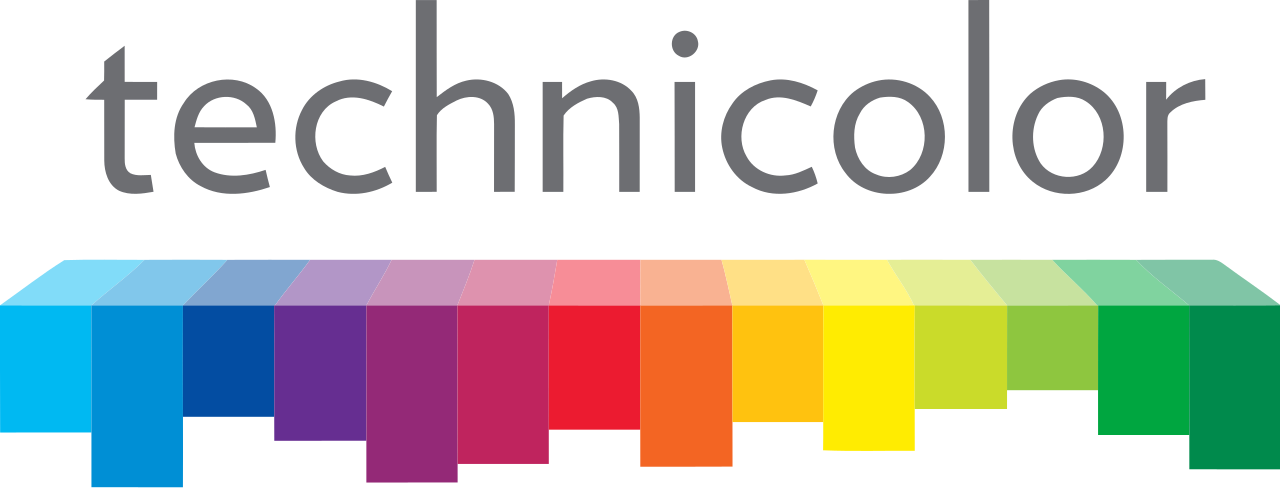
-
Moondream Gaze Detection – Open source code
This is convenient for captioning videos, understanding social dynamics, and for specific cases such as sports analytics, or detecting when drivers or operators are distracted.
https://huggingface.co/spaces/moondream/gaze-demo
https://moondream.ai/blog/announcing-gaze-detection
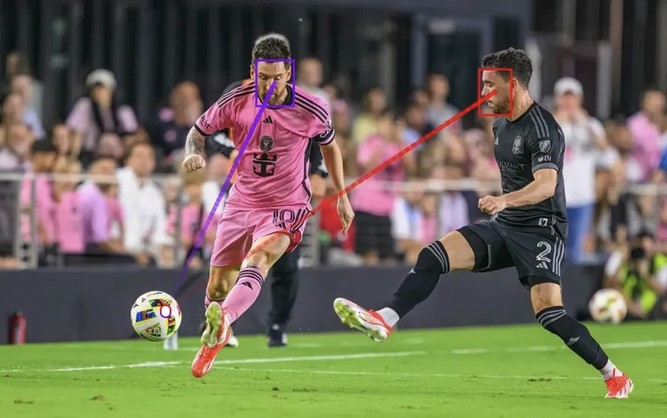
-
X-Dyna – Expressive Dynamic Human Image Animation
https://x-dyna.github.io/xdyna.github.io
A novel zero-shot, diffusion-based pipeline for animating a single human image using facial expressions and body movements derived from a driving video, that generates realistic, context-aware dynamics for both the subject and the surrounding environment.

-
Flex 1 Alpha – a pre-trained base 8 billion parameter rectified flow transformer
https://huggingface.co/ostris/Flex.1-alpha
Flex.1 started as the FLUX.1-schnell-training-adapter to make training LoRAs on FLUX.1-schnell possible.
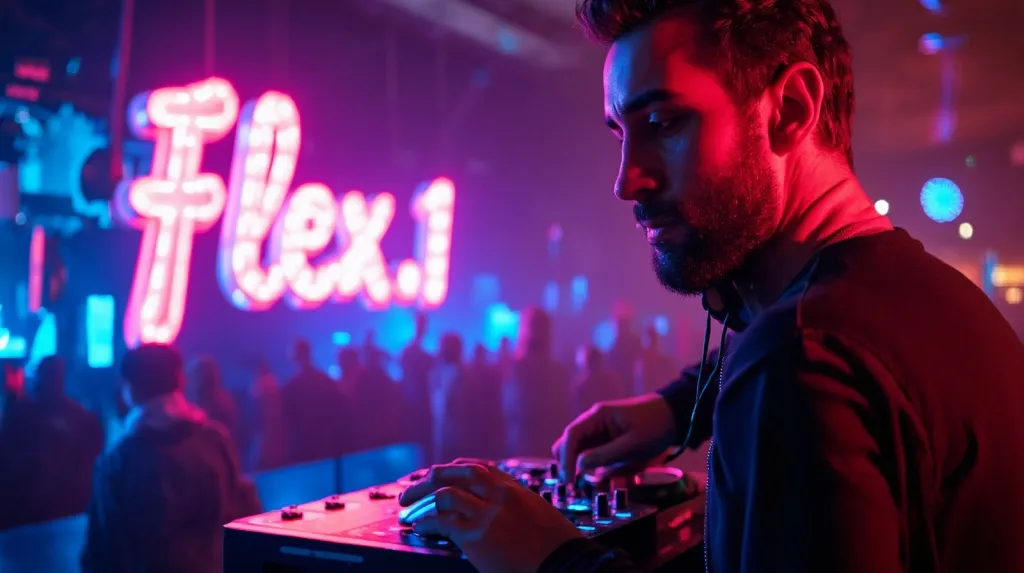
FEATURED POSTS
-
Gamma correction

http://www.normankoren.com/makingfineprints1A.html#Gammabox
https://en.wikipedia.org/wiki/Gamma_correction
http://www.photoscientia.co.uk/Gamma.htm
https://www.w3.org/Graphics/Color/sRGB.html
http://www.eizoglobal.com/library/basics/lcd_display_gamma/index.html
https://forum.reallusion.com/PrintTopic308094.aspx
Basically, gamma is the relationship between the brightness of a pixel as it appears on the screen, and the numerical value of that pixel. Generally Gamma is just about defining relationships.
Three main types:
– Image Gamma encoded in images
– Display Gammas encoded in hardware and/or viewing time
– System or Viewing Gamma which is the net effect of all gammas when you look back at a final image. In theory this should flatten back to 1.0 gamma.
(more…)
-
Methods for creating motion blur in Stop motion
en.wikipedia.org/wiki/Go_motion
Petroleum jelly
This crude but reasonably effective technique involves smearing petroleum jelly (“Vaseline”) on a plate of glass in front of the camera lens, also known as vaselensing, then cleaning and reapplying it after each shot — a time-consuming process, but one which creates a blur around the model. This technique was used for the endoskeleton in The Terminator. This process was also employed by Jim Danforth to blur the pterodactyl’s wings in Hammer Films’ When Dinosaurs Ruled the Earth, and by Randal William Cook on the terror dogs sequence in Ghostbusters.[citation needed]Bumping the puppet
Gently bumping or flicking the puppet before taking the frame will produce a slight blur; however, care must be taken when doing this that the puppet does not move too much or that one does not bump or move props or set pieces.Moving the table
Moving the table on which the model is standing while the film is being exposed creates a slight, realistic blur. This technique was developed by Ladislas Starevich: when the characters ran, he moved the set in the opposite direction. This is seen in The Little Parade when the ballerina is chased by the devil. Starevich also used this technique on his films The Eyes of the Dragon, The Magical Clock and The Mascot. Aardman Animations used this for the train chase in The Wrong Trousers and again during the lorry chase in A Close Shave. In both cases the cameras were moved physically during a 1-2 second exposure. The technique was revived for the full-length Wallace & Gromit: The Curse of the Were-Rabbit.Go motion
The most sophisticated technique was originally developed for the film The Empire Strikes Back and used for some shots of the tauntauns and was later used on films like Dragonslayer and is quite different from traditional stop motion. The model is essentially a rod puppet. The rods are attached to motors which are linked to a computer that can record the movements as the model is traditionally animated. When enough movements have been made, the model is reset to its original position, the camera rolls and the model is moved across the table. Because the model is moving during shots, motion blur is created.A variation of go motion was used in E.T. the Extra-Terrestrial to partially animate the children on their bicycles.






